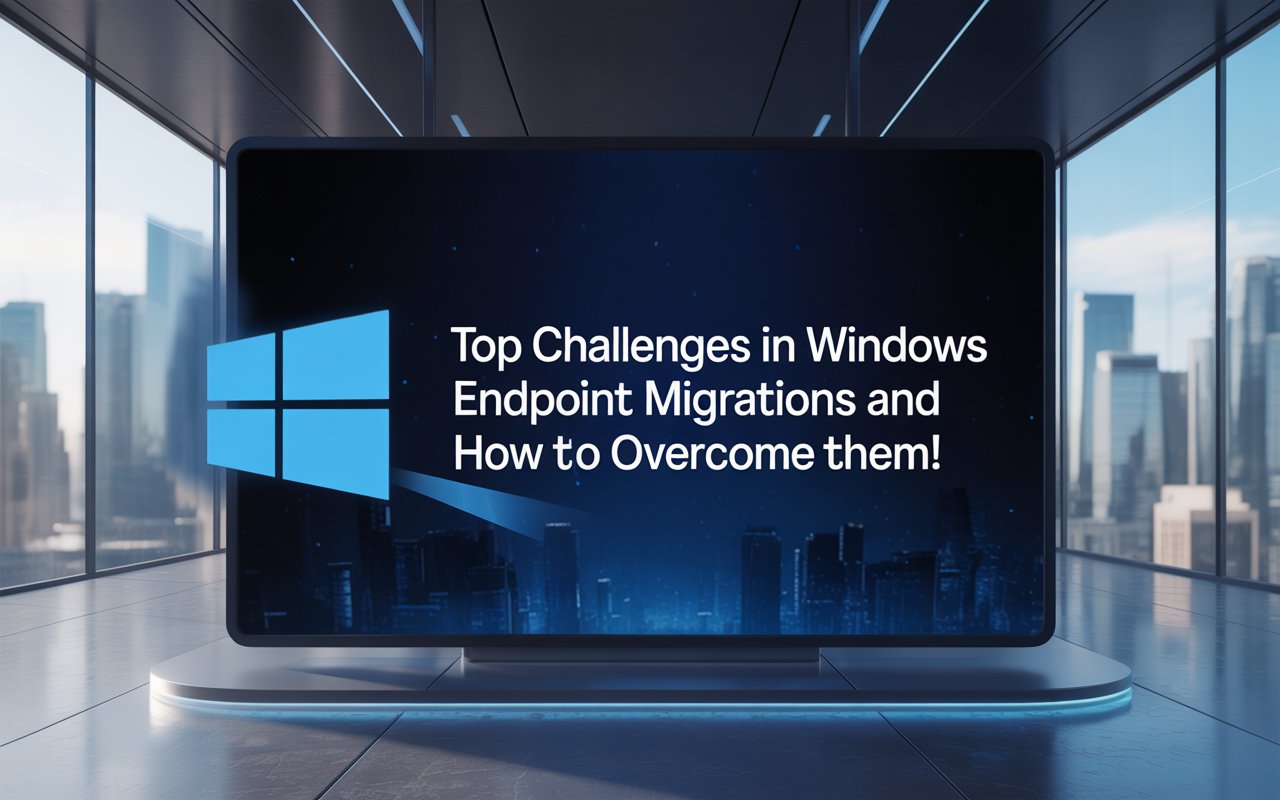Overcoming IT Challenges with Automated Endpoint Migration Software

Strong 8k brings an ultra-HD IPTV experience to your living room and your pocket.
Introduction
Endpoint migration is a critical process for businesses upgrading their IT infrastructure, moving to new operating systems, or transitioning to cloud-based solutions. However, manual endpoint migrations often come with significant challenges, including data loss, downtime, security risks, and high IT labor costs. Automated endpoint migration software simplifies this process, addressing these challenges while ensuring a seamless transition.
In this blog, we will explore common IT challenges in endpoint migration and how automated solutions help overcome them.
Common IT Challenges in Endpoint Migration
1. Data Loss and Integrity Issues
Manually migrating endpoints increases the risk of data loss due to human errors, incomplete transfers, or corrupted files. Ensuring data integrity across multiple devices can be daunting.
2. Extended Downtime and Productivity Disruptions
Downtime during migration affects business operations, leading to lost productivity. Employees may struggle to access necessary files and applications, causing delays and frustration.
3. Complexity of Large-Scale Migrations
For enterprises managing thousands of endpoints, migrating devices individually is time-consuming and prone to errors. Coordinating this process efficiently is a significant challenge for IT teams.
4. Security and Compliance Risks
Migrating sensitive business data without proper security protocols exposes organizations to potential cyber threats, compliance violations, and unauthorized access.
5. High IT Costs and Resource Utilization
Manual endpoint migration requires extensive IT labor, increasing operational costs. Companies often need to hire additional personnel or allocate existing IT teams, impacting other critical projects.
How Automated Endpoint Migration Software Addresses These Challenges
1. Ensuring Data Accuracy and Integrity
Automated migration tools use advanced algorithms to ensure complete and accurate data transfer. They validate file integrity, detect corrupted files, and implement error correction mechanisms to minimize data loss.
2. Minimizing Downtime with Seamless Transitions
Automation reduces downtime by enabling IT teams to schedule migrations during non-business hours and use real-time synchronization to keep files and applications accessible.
3. Streamlining Large-Scale Migrations
Automated solutions offer centralized control dashboards, enabling IT admins to manage multiple endpoint migrations simultaneously. Features such as batch processing, role-based access, and pre-configured templates accelerate deployment.
4. Enhancing Security and Compliance
Modern endpoint migration software includes built-in encryption, access controls, and compliance auditing tools to ensure data security during the transition. It also adheres to regulatory standards such as GDPR, HIPAA, and ISO 27001.
5. Reducing IT Costs and Resource Utilization
Automation reduces manual intervention, lowering IT labor costs and freeing up resources for strategic projects. It also minimizes the need for additional hardware and infrastructure investments.
Key Features to Look for in Automated Endpoint Migration Software
When selecting an endpoint migration solution, consider the following features:
- End-to-End Automation: Eliminates manual processes and enhances efficiency.
- Data Validation and Recovery: Ensures accurate data transfer with rollback options.
- Centralized Management Console: Provides visibility and control over all endpoints.
- Security and Compliance Tools: Includes encryption, access control, and audit trails.
- Cross-Platform Compatibility: Supports various operating systems and cloud environments.
- User-Friendly Interface: Simplifies deployment for IT teams and end-users.
Conclusion
Automated endpoint migration software is essential for modern businesses looking to upgrade their IT infrastructure efficiently. By addressing common challenges such as data loss, downtime, security risks, and high costs, automation enables organizations to transition seamlessly while maintaining productivity and compliance.
Investing in the right migration tool ensures a smooth, secure, and cost-effective migration process. As technology continues to evolve, leveraging automation will become the industry standard for IT transformations.
Are you planning an endpoint migration? Explore automated solutions today to ensure a hassle-free transition!
Note: IndiBlogHub features both user-submitted and editorial content. We do not verify third-party contributions. Read our Disclaimer and Privacy Policyfor details.







